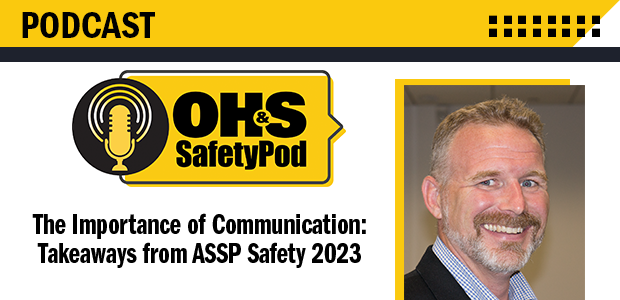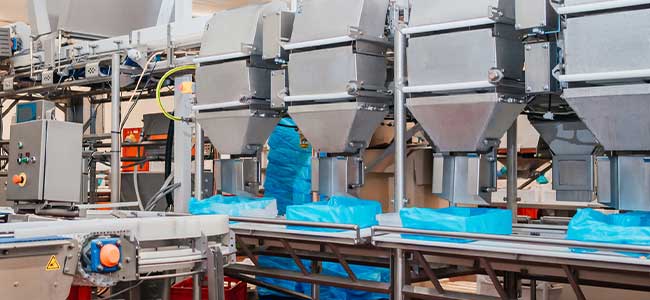
Advancements in technology can play a role in helping more workers may it home at the end of the day.

Let’s look at what records you need to keep and the benefits of electronic recordkeeping.

Hear from OH&S Executive Editor David Kopf as he speaks on what he learned about communication at the annual event.

Miracapo Pizza Company was also placed in OSHA’s Severe Violator Enforcement Program.

Thirty-five employers across six states received OSHA recognition.

The location’s status was renewed following an evaluation earlier this year.

A majority of the violations focus on lockout/tagout procedures and machine guarding, OSHA said.

Four workers lost their lives and one spent time in the hospital with “near-fatal injuries” after the December 2022 incident.

About one in two respondents in these two regions reported experiencing stress “a lot of the day yesterday.”

The company faces a citation for one willful and one serious violation and $35,940 in proposed penalties.